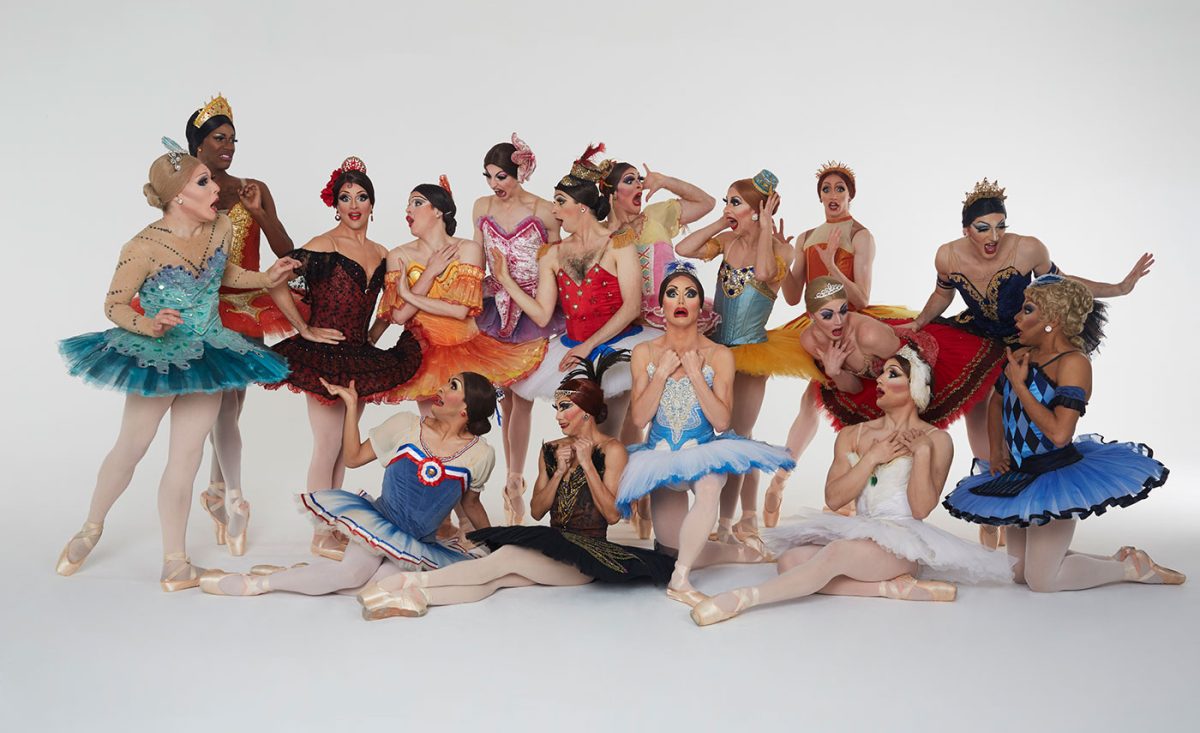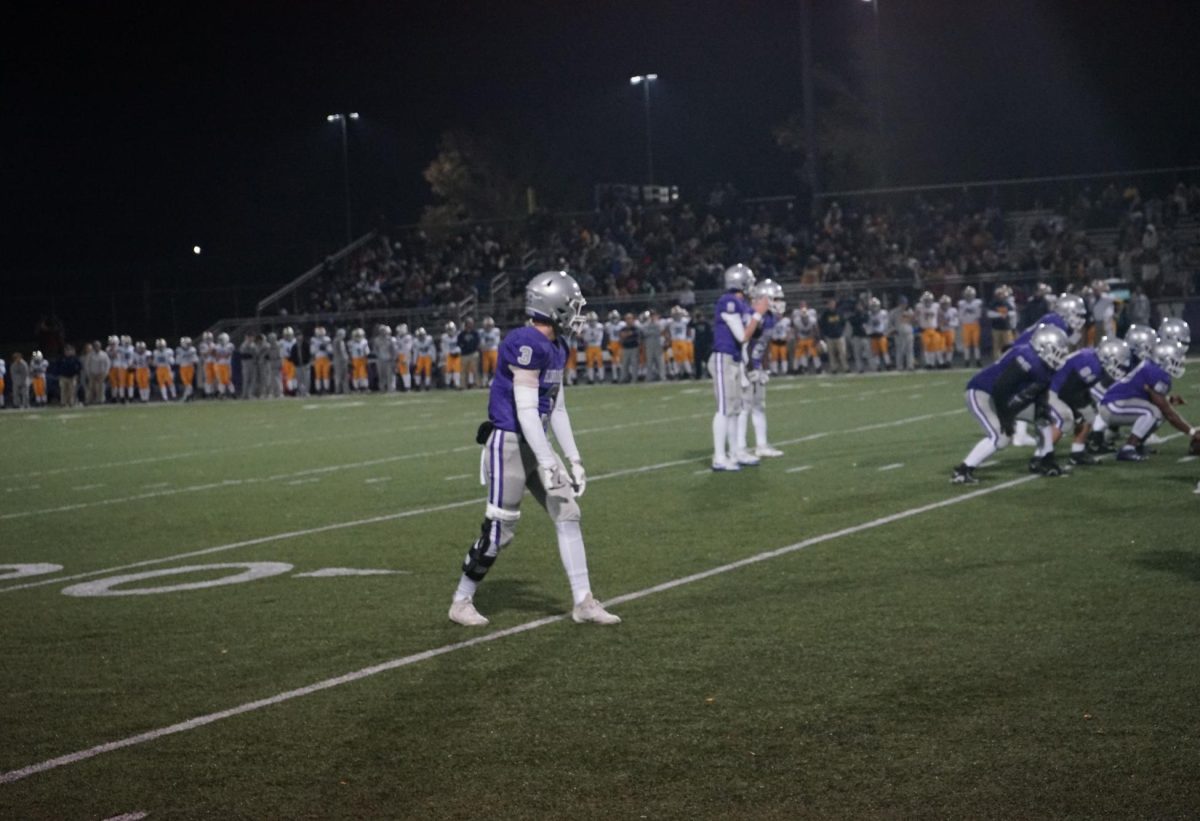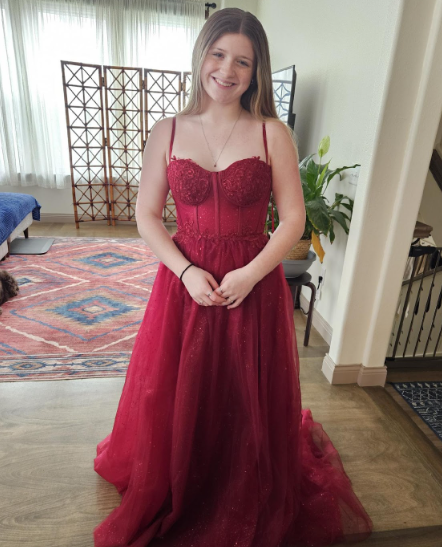One method that I’ve begun using to determine how I felt about a show is to see how my hands feel afterwards. For example, if I loved a show my hands would hurt from applauding so much. After seeing the Les Ballets Trockadero de Monte Carlo (or Trocks) in their performance in the IU auditorium on February 24th I don’t think my hands have ever been sorer. From start to finish the performers demonstrate a mastery of both dance and comedy which come together to create a truly unique and wonderful performance.
Les Ballets Trockadero de Monte Carlo was founded in 1974 during one of the most heated periods in the history of the gay rights movement. They originally performed on a stage owned by the West Side Discussion Group, a gay and lesbian political organization. Despite the subversion of the status quo that was inherent to the performance, the Trocks gained massive critical acclaim with outlets such as The New York Times praising them. This critical acclaim would allow them to grow massively, leading to national, and eventually, global tours. Tragically, this period of joy wouldn’t last forever. The HIV/AIDS pandemic would cast a dark shadow over the entire LGBTQIA+ community and Les Ballets Trockadero de Monte Carlo was no exception. However, the Trocks, much like the LGBTQIA+ community, would weather the storm and live on. Now 50 years on, Trocks is still going strong touring around the world.
Part 1: Swan Lake
The opening act of the show is a comedic version of Tchaikovsky’s Swan Lake. The story is mostly the same, the evil sorcerer Rothbart turns a beautiful woman into a swan, Prince Siegfried falls in love with the swan woman. The main difference is (of course) the tone. The wonderful Robert Carter (Yuri Smirnov) is perhaps the greatest highlight of this section, playing Rothbart as both a wicked sorcerer and overprotective parent to hilarious effect. Not to discredit the other performers such as Andrea Fabbri (Araf Legupski) and Takomi Yoshino (Varvara Laptova) who play the roles of Siegfried and The Swan Queen respectively creating a wonderful comedic duo. I would be remiss not to give due credit to Philip Martin-Nielson (Kravlji Snepek) who plays the role of Siegfried’s close friend Benno. His mastery of slapstick and physical comedy shines through especially during his conflicts with the swans.
Part 2: Yes Virginia, Another Piano Ballet
The next act with music by Frederic Chopin and choreography by Peter Anastos, is a comedic version of Yes Virginia, Another Piano Ballet. In this version the five dancers The Boy in Brick, Boy in Blue, Girl in Lavender, Girl in Orange, and Girl in Green are played by Matias Dominguez Escrig (Pavel Törd), Shohei Iwahama (Chip Pididouda), Salvador Sasot Sellart (Grunya Protazova), Trent Montgomery (Ludmila Beulemova), and Felix Molinero del Paso (Holly Dey-Abroad). This entire act is a masterclass in slapstick comedy with the three girls all trying to get the attention of the two boys resulting in impromptu leapfrog games and various mishaps involving a piano.
Intermission: Dying Swan
In between the second and third act there is a short comedic recreation of Charles-Camille Saint-Saëns’ Dying Swan. It opens with the spotlight struggling to find the titular swan. As the dance goes on more and more feathers fall from the swan’s dress. Upon realizing this the swan begins trying to scoop them back up to no avail. Finally the swan offers a final goodbye to the audience and the spotlight darkens. I swear it’s funnier than it sounds.
Part 3: Paquita
Finishing out the show is a final good-natured ribbing of a classic, Paquita by Ludwig Minkus. In it a cavalier played by Felix Molinero del Paso (Bruno Backpfeifengesicht) dances alongside a ballerina played by Philip Martin-Nielson (Nadia Doumiafeyva) and her backup dancers. This part, in my opinion, is the best exhibition of the sheer amount of skill that these dancers clearly possess. From extended pirouettes to masterfully executed glissade the dancers show that not only are they master comedians they are also masters of ballet. Not to say this part doesn’t have comedy, in fact it contains some highlights of the show. For example, when the cavalier unintentionally knocks over one of the backup dancers or tries and fails miserably to flirt with the ballerina.
Finale: Final Thoughts
Overall, I am of the belief that everybody should try to see the Trocks perform at least once. There aren’t many things that can compare to the experience of seeing them firsthand. The perfect balance between discipline and irreverence coming together to create a beautiful combination. I would especially recommend this show to fans of ballet, comedy, or both.





